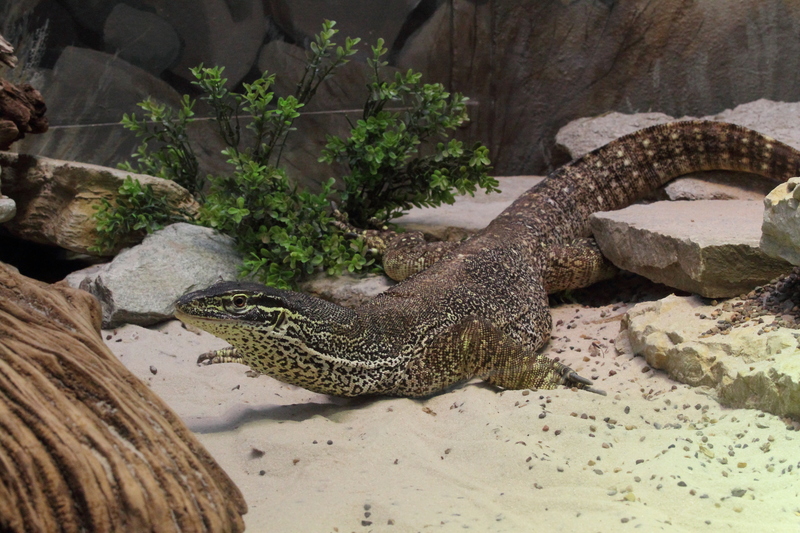|
| Query: lizard | Result: 1121st of 1599 | |
Argus monitor, yellow-spotted monitor (Varanus panoptes)
| Subject: | Argus monitor, yellow-spotted monitor (Varanus panoptes)
| | Poster: | Wiki Photos (---@---.---)
| |

| Resolution: 4000x2667
File Size: 4760426 Bytes
Date: 2010:10:03 12:37:46
Camera: Canon EOS 7D (Canon)
F number: f/10.0
Exposure: 1/60 sec
Focal Length: 70/1
Upload Date: 2017:01:29 21:37:00
|
|
|

